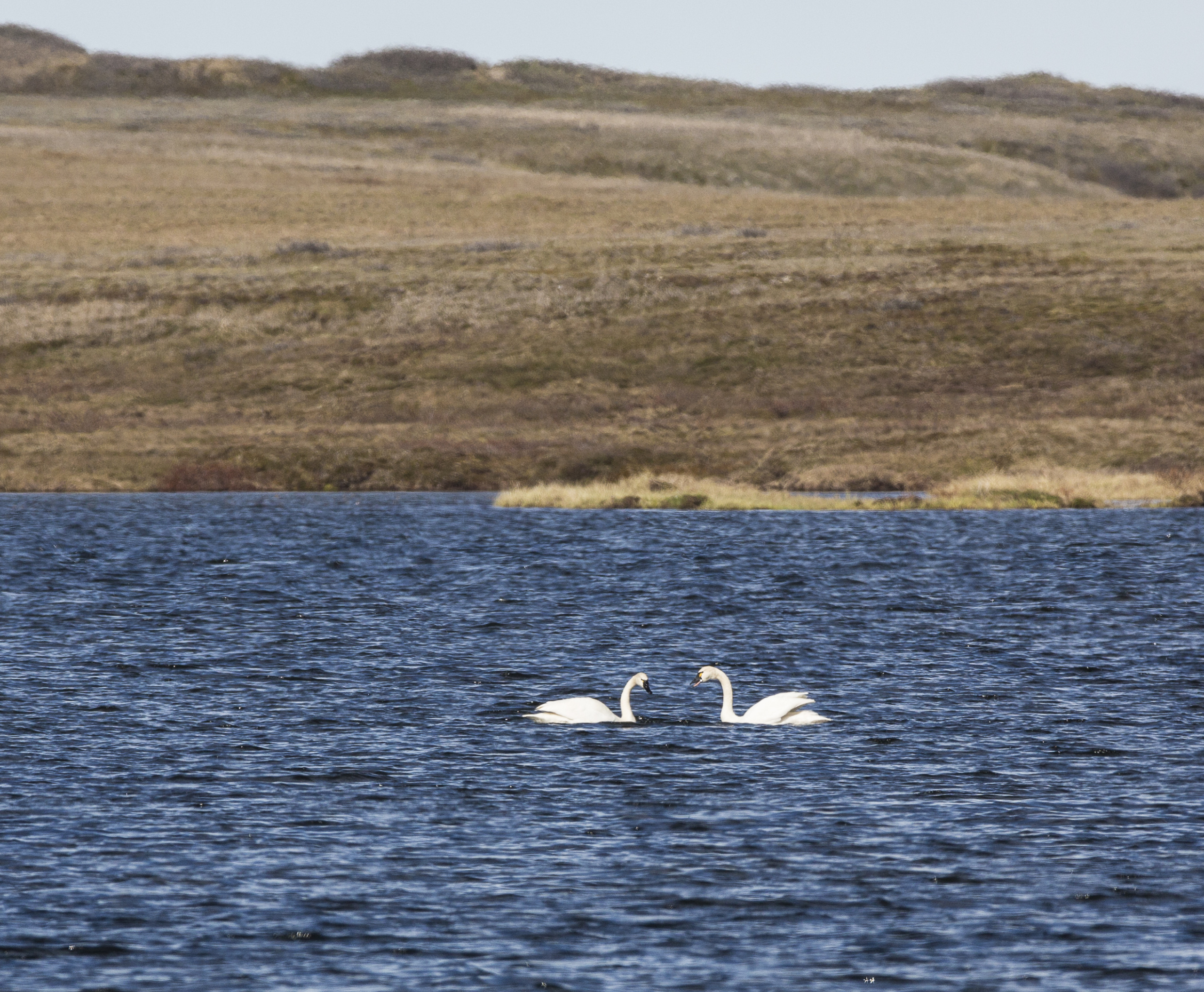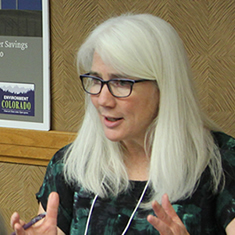
Arctic protection could be President Biden’s legacy
Monuments and more
President Joe Biden is on a roll, fulfilling his important commitment to protect nature and make strides toward his stated “goal of conserving at least 30 percent of our lands and waters by 2030.” Since October 2022, the Biden administration has designated four new national monuments that protect nature — most recently, the 900,000-acre Baaj Nwaavjo I’tah Kukveni—Ancestral Footprints of the Grand Canyon National Monument in northern Arizona, as well as sites in Colorado, Texas and Nevada. His administration has also taken action to benefit two American treasures: the Boundary Waters in Minnesota and Chaco Canyon in New Mexico.
An opportunity in the Western Arctic
Now, it’s time for the president to protect a huge swath of Alaska — and Americans have until Dec. 7 to register their thoughts in a “public comment” period.
In the United States, there’s nowhere more remote than the far northwestern corner of Alaska. There lies the largest block of federal land in the United States, the 23 million-acre Western Arctic Reserve. Most Americans have never visited there nor will they ever. That’s a good thing.
This wild place is home to walruses, seals, polar bears and three herds of caribou. Beluga whales swim in its coves and millions of migratory birds visit the shorelines and lakes. Indigenous people have been living on this land for centuries, relying on caribou and other animals for food, clothing and cultural and spiritual connection. Scientists have been documenting the importance of the area for wildlife for decades starting in the 1970s. Over nearly 36 years, the Bureau of Land Management has designated five special areas covering more than 13 million acres as particularly important for wildlife, though they are not permanently protected from oil and gas development.
A legacy of oil exploration
While some parts of the Reserve have been studied for their environmental and wildlife value, the Bureau of Land Management has also held lease sales in the reserve for decades. Since 1999, oil companies have bid on 7 million acres without the American public paying much notice. The lack of public attention about lease sales and oil development in the Reserve changed earlier this year when hundreds of thousands of Americans called on the president to deny a request from ConocoPhillips for a permit to develop the controversial Willow Project. The public outcry and organizing efforts made the news and reached international audiences. However, the opposition was not enough to completely stop the Willow project. The Biden administration instead approved the project while protecting 60,000 acres in the Teshekpuk Lake special area and last week, a federal judge upheld that approval.
Even if the Willow Project is developed, which is still not inevitable, there is an opportunity to protect a significant amount of sensitive and critical wildlife habitat. The Biden administration has announced that it plans to increase protections for designated special areas of the reserve going forward. If this plan is realized, 10.6 million acres — an area larger than the state of Maryland — would be off-limits to oil and gas drilling. The administration’s proposed rule also would prioritize conservation in many areas of the Reserve. Most exciting, the government would set up a process to expand existing special areas and to create new special areas, so even more acres could be conserved in the future.
A gift to future generations
As the world wisely and inevitably transitions toward relying solely on clean energy sources, 10+ million acres set aside for nature — rather than drilled for the last dirty drops of oil — will be a gift to future generations. The young people who have raised their voices against the Willow Project and their children will live on a planet where Arctic wetlands are preserved and full of birds, where caribou can migrate past Teshekpuk Lake, and the people who reside there can live in harmony with the land as their forebears have for generations.
By protecting more than 10 million acres of the Western Arctic, President Biden can cement his growing legacy as the greatest “conservation president” since Theodore Roosevelt more than a century ago. If actions such as this can help stem the ongoing loss of species and warming of the planet, that will etch his presidency in the annals of history for admirers to look back on more than a century from now.
Topics
Authors
Wendy Wendlandt
President & Chairwoman Environment America Research and Policy Center; Senior Vice President, the Public Interest Network
As president of Environment America Research and Policy Center, Wendy is a leading voice for the environment in the United States. She has been quoted in major national, state and local news outlets for nearly 40 years on issues ranging from air pollution to green investing. She is also a senior vice president with The Public Interest Network. She is a founding board member of Green Corps, the field school for environmental organizers, and Green Century Funds, the nation’s first family of fossil fuel free mutual funds. Wendy started with WashPIRG, where she led campaigns to create Washington state’s model toxic waste cleanup program and to stop the nation’s first high-level nuclear waste dump site. She is a 1983 graduate of Whitman College. She lives in Los Angeles with her husband and dog and hikes wherever and whenever she can.
Ellen Montgomery
Director, Public Lands Campaign, Environment America Research & Policy Center
Ellen runs campaigns to protect America's beautiful places, from local beachfronts to remote mountain peaks. Prior to her current role, Ellen worked as the organizing director for Environment America’s Climate Defenders campaign. Ellen lives in Denver, where she likes to hike in Colorado's mountains.
Find Out More
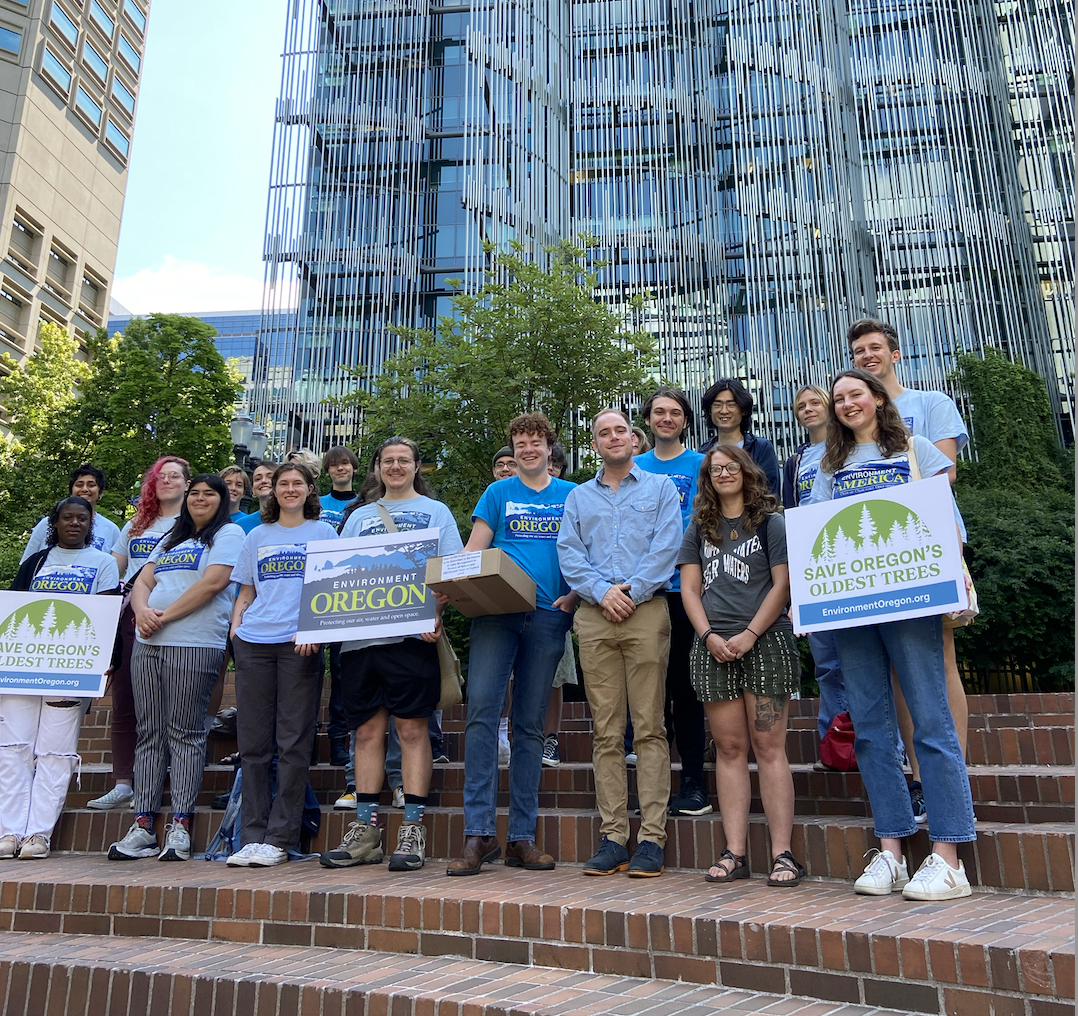
We’re hiring interns who envision a cleaner, greener world
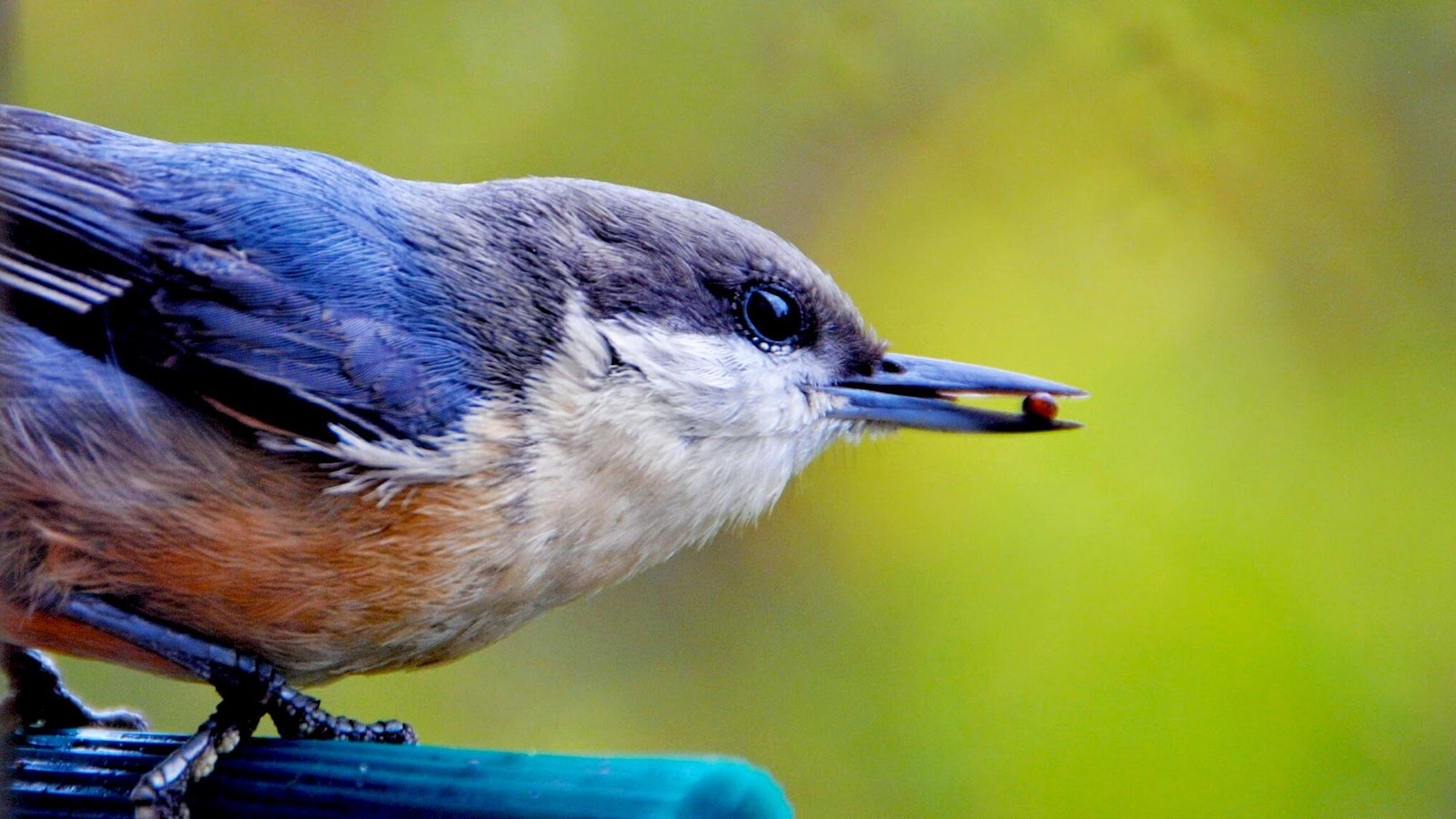
EPA report says pesticides endanger wildlife
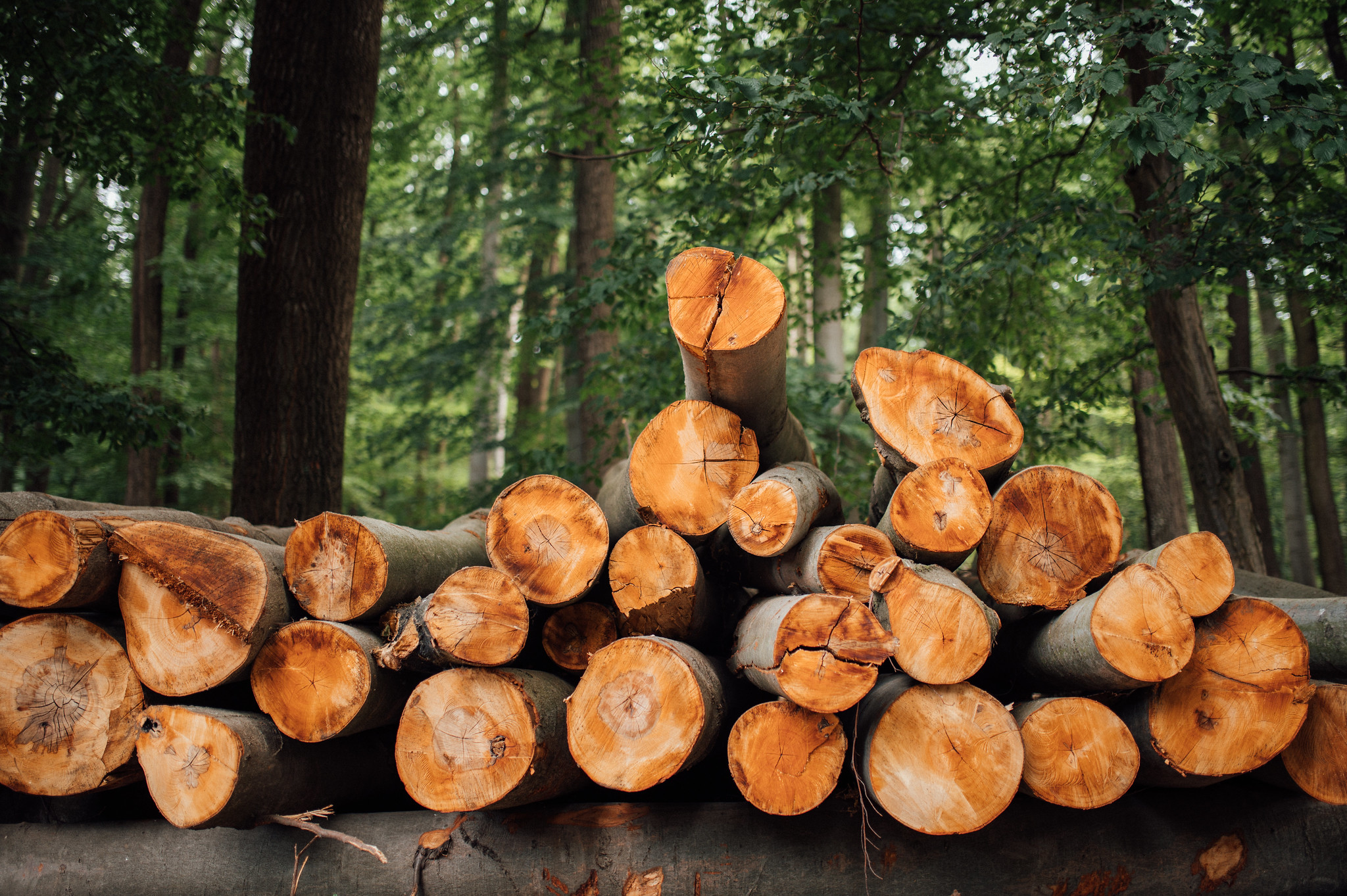
Which toilet paper companies are taking steps to be more sustainable?



